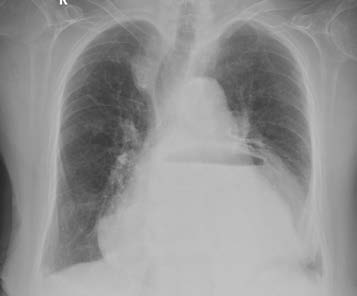Abstrakt
Úvod: Hiátové hernie jsou v chirurgické praxi často spojovány s léčbou refluxní choroby jícnu, při níž je velmi úspěšná konzervativní léčba inhibitory protonové pumpy. Objemné hiátové hernie se mohou komplikovat i akutními život ohrožujícími stavy. Elektivní operační řešení hiátových kýl má ale velmi dobré funkční výsledky s nízkým rizikem pooperačních komplikací. Výskyt objemných hiátových kýl narůstá s věkem. U geriatrických pacientů narůstá i výskyt interních komorbidit. Mohou tedy nastat rozpaky při indikaci elektivní operace z obavy před možnými pooperačními komplikacemi. Konzervativní postup je spojen s rizikem vývoje akutních stavů – volvulu žaludku, méně často krvácení ze žaludku.
Metody: Retrospektivní analýza výsledků operací objemných hiátových hernií na Chirurgické klinice Fakultní nemocnice Brno Bohunice v letech 2010−2016 (84 měsíců). Pacienti byli rozděleni do 2 skupin podle indikace k operaci: akutní (A) a plánované (B). Vyhodnoceny byly demografické údaje, charakter předoperačních symptomů, způsob provedení operačního výkonu a pooperační komplikace.
Výsledky: Pro objemnou hiátovou hernii bylo operováno 120 pacientů, ve skupině A 22, ve skupině B 98. Ve skupině A bylo nutné provedení signifikantně více operací laparotomicky ve srovnání se skupinou B (72,7 % vs. 23,5 %, p<0,0001). Průměrná délka operace byla větší ve skupině A (133,8 minuty vs. 109,8 minuty). Pooperační komplikace byly významně častější ve skupině A, byly závažnější a docházelo i ke kumulacím více komplikací u jednoho pacienta. Ve skupině A došlo k jednomu úmrtí pacienta, ve skupině B jsme nezaznamenali žádné úmrtí. Analýza předoperačních symptomů prokázala u pacientů skupiny A statisticky významně častější zvracení a dechové obtíže. Ve skupině B byla u pacientů s hiátovou kýlou signifikantně častěji přítomná pyróza.
Závěr: U malých hiátových kýl je četnost výskytu komplikací nízká. S narůstající velikostí hiátové hernie se zvyšuje riziko výskytu akutních komplikací, které mohou pacienta ohrozit na životě. Jedná se především o volvulus žaludku, méně často o závažné krvácení. Operace v akutním stavu jsou zatíženy významně větším rizikem pooperačních komplikací než operace elektivní. Proto by mělo být operační řešení indikováno u všech symptomatických pacientů s objemnou hiátovou kýlou. U pacientů bez klinických symptomů je operační řešení objemné, zejména paraezofageální hiátové kýly, vhodné u všech pacientů bez skutečně závažné interní kontraindikace operace.

